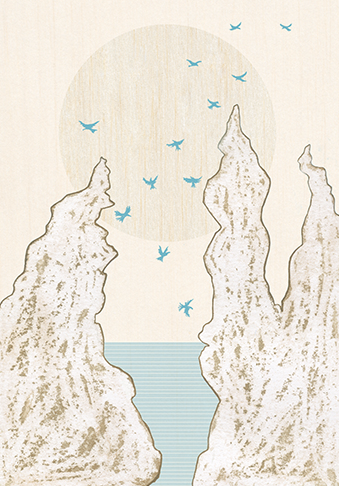Diversity and elite religiosity in modern China
A model
Keywords:
China, elites, Daoism, Buddhism, ConfucianismAbstract
This article looks at religious diversity among late imperial and modern Chinese elites; by contrast with most of the existing literature, which looks at correlations between social class and religiosity, this article adds the dimension of the exercise of personal choice and agency in the context of a vast and variegated religious repertoire. After reviewing existing theoretical models, it argues for the importance of two factors: a level of commitment to religious practices, in both the public and private realms, and knowledge (about the religion of others, whether one engages in such religion or not). It then charts these two factors on a graph onto which individuals can be placed, and thus grouped into types. These types represent a new and fruitful way of thinking about religious diversity.
How to Cite
Copyright (c) 2017 Vincent Goossaert

This work is licensed under a Creative Commons Attribution-NonCommercial-NoDerivatives 4.0 International License.









